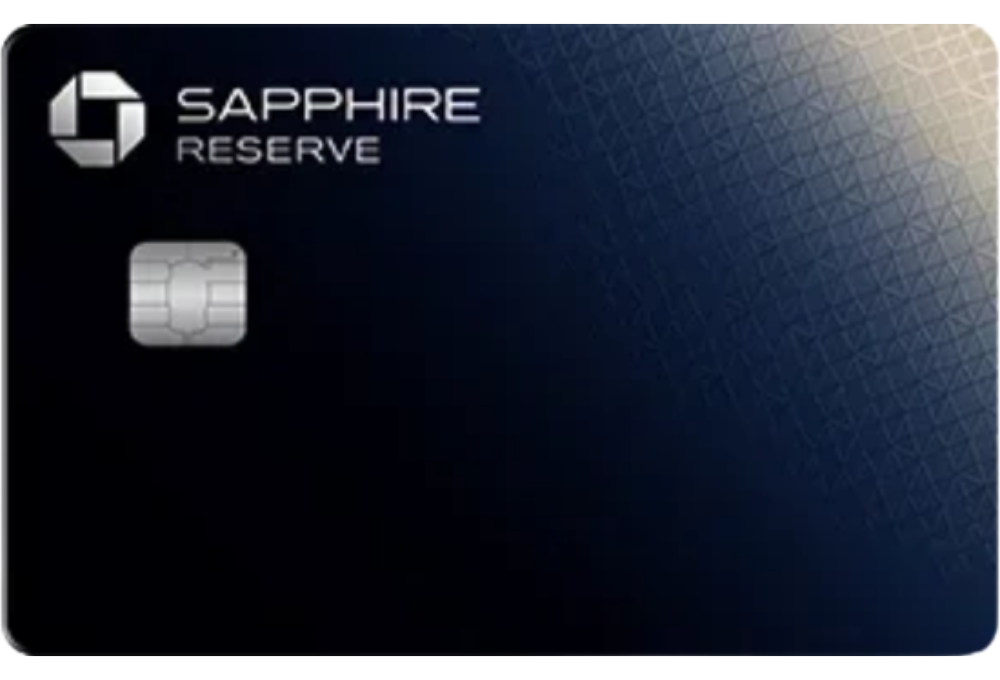What are travel credit cards, and how do they work?
Travel credit cards are financial products that offer various rewards and benefits geared towards frequent travelers. They typically earn you points or miles for every dollar spent on eligible purchases. These rewards can be redeemed for flights, hotel stays, car rentals, and other travel-related expenses. Travel credit cards may also include perks like travel insurance, airport lounge access, and no foreign transaction fees.
How do I choose the best travel credit card for my needs?
Choosing the best travel credit card depends on your travel habits, spending patterns, and preferences. Consider factors like the type of rewards offered (points, miles, or cash back), the card’s annual fee, sign-up bonuses, earning rates, redemption options, and additional travel perks. Analyzing these features will help you find a card that aligns with your lifestyle and offers the most value.
What are the benefits of using a travel credit card over other types of credit cards?
Travel credit cards provide unique advantages for travelers, such as earning rewards specifically tailored to travel expenses. Additionally, many travel credit cards offer travel-related perks like free checked bags, priority boarding, and travel insurance. Some cards also waive foreign transaction fees, making them ideal for international travelers.
What is a sign-up bonus, and how can I qualify for it?
A sign-up bonus is a promotional offer provided by the credit card issuer to entice new cardholders. To qualify for a sign-up bonus, you usually need to meet specific spending requirements within a certain timeframe after opening the account. The bonus can be in the form of points, miles, or cash back, and it’s a great way to jump-start your rewards earning.
Do travel credit cards charge foreign transaction fees?
Not all travel credit cards charge foreign transaction fees. Many of the top-tier travel cards waive these fees, making them ideal for international travel. However, it’s essential to read the card’s terms and conditions to confirm this before using it abroad.
How can I maximize the rewards earned with my travel credit card?
To maximize rewards, use your travel credit card for everyday expenses and large purchases. Take advantage of bonus categories and special promotions to earn more points or miles. Consider combining your travel credit card with loyalty programs to stack rewards and get even more value out of your purchases.
All information about the American Express® Green Card has been collected independently by The Daily Navigator. American Express® Green Card is no longer available through The Daily Navigator.
The best time to go to Australia is now. The Land Down Under is a traveler’s paradise all year round. It’s unfathomably vast, with its deserts, rainforests, and bare coastal landscapes all ripe for adventure, but equally comfortable thanks to its highly developed cities boasting world-class infrastructure, outstanding food, and sublime cultural diversity.
One day, you’re climbing the Sydney Harbor Bridge, and the next, you’re scuba diving on the Great Barrier Reef. It’s an unforgettable place and anytime is truly the best time to go to Australia.
But there’s another barrier to consider before you don your flippers: the cost of flights to Australia.
With the best time to go to Australia depending on personal preference (September to November and March to May are some of the best times to visit Australia due to temperate weather), it’s time to look for airfare.
you’re likely looking for a good deal for a roundtrip from New York to Sydney these days is hovering around the $1,000 mark, assuming your dates align with the more palatable fares.
But there is a way to lessen the burden, or better still, remove it completely. And that means using your credit cards and loyalty programs. Let’s dive into how to use points and miles to get flights to Australia.
The best time to go to Australia is now: Here’s how to find the best deals on flights
If you prefer peak summer, then the best time to go to Australia is December, January, and February.
Getting to Australia is easy enough. It’s a long day of flying, but almost every airport in the US is no more than a connection or two from Sydney or Melbourne. The best place to start is by checking the price of flights over the rough period you want to travel. If you have specific dates you can’t change, it’s okay, but remember your options will be more limited than if you had flexibility.
Once you have a range of prices, you can start checking out some of the best loyalty programs and the redemptions they have available for flights to Australia.
We’ll show you some of the best redemptions available, but remember they might not necessarily work for your dates, and you might stumble across an even better deal with your own research.
Below, we’ve highlighted three of the best airlines for grabbing an economy flight to and from Australia and the credit cards that can earn you those points.
Let’s use points and miles to get flights to Australia.
1. All Nippon Airways
All Nippon Airways, commonly referred to as ANA, is Japan’s flagship carrier and is a tremendously popular airline for those interested in points and miles. It’s such a powerful tool that a roundtrip redemption with ANA is often less than a one-way flight with other airlines.
Using them to get to Australia is one of your best bets, as well as the most consistent, thanks to their simple reward charts.
There are a few caveats, however. ANA’s interface can be a little confusing, and its loyalty program has the odd quirk of only booking roundtrips, so those hoping to stay longer on Australia’s Working Holiday Visa might need to use another option.
How many points do you need to get flights to Australia with ANA?
The points needed to fly to Australia using ANA vary depending on a number of factors. Generally speaking, these are:
- Your geographical location
- The season (low, high, or regular)
- Whether you fly with ANA or a partner
ANA categorizes sections of the world by number and sets rates between those zones. The US is in Category 6, and Australia is in Category 10.
To fly with ANA, you would require the following number of points:
- Low season – 60,000 points for a roundtrip
- Shoulder season – 70,000 points for a roundtrip
- High Season – 75,000 points for a roundtrip
You can check the seasonal dates here.
To fly with one of ANA’s partners, you would require the following number of points:
- 75,000 points for a roundtrip
ANA’s partner awards chart doesn’t fluctuate seasonally, so if you’re flying in the regular or low season, you’re better off using ANA themselves. The downside to this is that availability may be lower. However, their partner availability is excellent, and 75,000 points for a roundtrip to Australia is outstanding value.
Which credit cards can earn you those points?
The only credit card loyalty program capable of transferring points to ANA is American Express. While you can earn ANA Mileage Club points by listing your membership on partner flights, using your American Express Membership Points is the easiest way to grab your flight to Australia.
You could hit that point goal by opening one of these cards:
The American Express Gold’s 60,000-point intro bonus, is just enough to grab a roundtrip if you fly with ANA directly. You’ll need to spend $6,000 within six months of opening the card to hit that bonus.
- Best for: Foodies
American Express® Gold Card
Earn as high as 100,000 Membership Rewards® Points
Offer Details:
You may be eligible for as high as 100,000 Membership Rewards® Points after you spend $6,000 in eligible purchases on your new Card in your first 6 months of Card Membership. Welcome offers vary and you may not be eligible for an offer. Apply to know if you’re approved and find out your exact welcome offer amount – all with no credit score impact. If you’re approved and choose to accept the Card, your score may be impacted.
Why we like it
The American Express® Gold Card takes your dining and grocery spending to the next level, offering an impressive 4X Membership Rewards® points per dollar spent on purchases at restaurants worldwide, on up to $50,000 in purchases per calendar year, then 1X points for the rest of the year, and 4X Membership Rewards® points per dollar spent at U.S. supermarkets, on up to $25,000 in purchases per calendar year, then 1X points for the rest of the year.
To put this into perspective, if you spend $8,400 annually on dining and groceries, which aligns with the average American’s spending, you could earn enough points for a roundtrip flight to Hawaii. Meanwhile, the bonus alone is worth over $1,000, adding significant value to your everyday spending.
Reward details
4X Membership Rewards® points per dollar spent on purchases at restaurants worldwide, on up to $50,000 in purchases per calendar year, then 1X points for the rest of the year.
4X Membership Rewards® points per dollar spent at US supermarkets, on up to $25,000 in purchases per calendar year, then 1X points for the rest of the year.
3X Membership Rewards® points per dollar spent on flights booked directly with airlines or on AmexTravel.com.
2X Membership Rewards® points per dollar spent on prepaid hotels and other eligible purchases booked on AmexTravel.com.
1X Membership Rewards® point per dollar spent on all other eligible purchases.
Pros & Cons
Pros
-
Earn 4X Membership Rewards® points per dollar spent at restaurants worldwide, on up to $50,000 in purchases per calendar year, then 1X points for the rest of the year.
-
Earn 4X Membership Rewards® points per dollar spent at U.S. supermarkets, on up to $25,000 in purchases per calendar year, then 1X points for the rest of the year.
-
Earn 3X Membership Rewards® points per dollar spent on flights booked directly with airlines or on AmexTravel.com.
-
Earn 2X Membership Rewards® points per dollar spent on prepaid hotels and other eligible purchases booked on AmexTravel.com.
-
Earn 1X Membership Rewards® point per dollar spent on all other eligible purchases.
-
Get up to $100 in statement credits each calendar year for dining at U.S. Resy restaurants or making other eligible Resy purchases. That’s up to $50 in statement credits semi-annually. Enrollment required.
-
Earn up to $10 in statement credits monthly when you pay with the American Express® Gold Card at Grubhub, The Cheesecake Factory, Goldbelly, Wine.com, and Five Guys, totaling up to $120 per year. Enrollment required.
-
Explore over 1,000 upscale hotels worldwide with The Hotel Collection and receive a $100 credit towards eligible charges* with every booking of two nights or more through AmexTravel.com. *Eligible charges vary by property.
-
Apply with confidence. Know if you’re approved for a Card with no impact to your credit score. If you’re approved and you choose to accept this Card, your credit score may be impacted.
Cons
-
$325 annual fee
-
No major travel perks like its bigger sibling, the Amex Platinum
The Platinum Card® from American Express
The super-premium American Express Platinum card isn’t cheap, but it does offer immense value through its intro bonus—great for exploring the country during the best time to go to Australia. The public offer is currently set at 80,000 points after spending $8,000 in six months. But select customers could earn a whopping 150,000 points.
- Best for: Luxury Perks
The Platinum Card® from American Express
As high as 175,000 Membership Rewards® Points
Offer Details:
You may be eligible for as high as 175,000 Membership Rewards® Points after you spend $8,000 in eligible purchases on your new Card in your first 6 months of Card Membership. Welcome offers vary and you may not be eligible for an offer. Apply to know if you’re approved and find out your exact welcome offer amount – all with no credit score impact. If you’re approved and choose to accept the Card, your score may be impacted.
Why we like it
The Amex Platinum was once the sole dominating force in the luxury credit card space. While it now faces some stiff competition, it still offers unbeatable perks like unprecedented airport lounge access, elite status at Hilton and Marriott, and some outstanding statement credits making the mammoth $695 worth it for some.
Reward details
Earn 5X Membership Rewards® Points for flights booked directly with airlines or with American Express Travel® up to $500,000 on these purchases per calendar year
Earn 5X Membership Rewards® Points on prepaid hotels booked with American Express Travel®
Pros & Cons
Pros
Earn as high as 175,000 Membership Rewards® Points after you spend $8,000 on eligible purchases on your new Card in your first 6 months of Card Membership.
Incredible lounge access
Statement credits worth over $1,000 annually.
Unlock access to exclusive reservations and special dining experiences with Global Dining Access by Resy when you add your Platinum Card® to your Resy profile.
Cons
The $695 annual fee is brutally high. Too high for many that can’t, or don’t want to take full advantage of its benefits.
Points-earning rates are low unless spending directly on flights or with the Amex Portal.
Some of the benefits, like travel credits, are more limited and are harder to use than competing cards’ offerings.
The American Express Green Card’s bonus won’t cover the whole trip for the best time to go to Australia, but if you’re just short, the 40,000 points could take you over the threshold. You’ll need to spend $3,000 within six months of opening the card to earn those points.
- Best for: One-off lounge visits
- Annual Fee: $150
- APR: 18.49%-29.24% Variable
- Reward Rate: 1X-3X
- Recommended Credit: Good to Excellent
American Express® Green Card
40,000 Membership Rewards® Points
Offer Details:
40,000 Membership Rewards® Points after you spend $3,000 on purchases in your first 6 months of account opening.
Why we like it
The American Express® Green Card is a great travel card for those who want to accumulate as many membership rewards points as possible through their everyday spending. Its 3X points-earning on travel and dining purchases means you’ll be on your way to booking award flights and hotels in no time. Plus, it has a few other valuable travel benefits that get you access to airport lounges and expedited security at airports.
Reward details
3X Membership Rewards® points on travel including airfare, hotels, cruises, tours, car rentals, campgrounds, and vacation rentals.
3X Membership Rewards® Points on transit purchases including trains, taxicabs, rideshare services, ferries, tolls, parking, buses, and subways.
3X Membership Rewards® points on eligible purchases at restaurants worldwide, including takeout and delivery in the US.
1X Membership Rewards® points on all other purchases.
Pros & Cons
Pros
The substantial 40,000-point intro bonus is earned by spending an extremely achievable $3,000 in six months. Well within a realistic budget for many.
Great points-earning rate on two popular spending categories: travel and dining
Annual CLEAR® Plus statement credit covers the cost of a membership that will get you through airport security much quicker
You get lounge access perks, albeit limited, without the large annual fee required by many other cards with similar benefits.
Cons
$150 annual fee
Ancillary benefits are more limited when compared to similar cards
Navigator Tip
ANA offers a stopover perk and open-jaw tickets. Using the stopover, you could grab a free flight to somewhere else in the region, like Tokyo, and make your trip even more epic.
An open-jaw essentially allows you to choose a different airport in the same region to fly out from. For example, if you fly into Sydney, you could finish your trip in Melbourne or Perth and fly home from there instead of going all the way back to Sydney.
2. Avianca Lifemiles
Avianca still flies a little under the radar, but those in the know understand its redemptions are some of the best in the business. The Colombian flagship carrier has multiple excellent partners, allowing you to fly to Australia using points and miles with ease.
Remember, Avianca itself doesn’t fly to Australia at all. So, any redemption you make using your Lifemiles will be with one of their partners. If you’re already up to scratch with how points and miles work, you know that, but if you’re new to this, maybe check out our guide to points and miles to see how it all works.
How many points do you need to get flights to Australia with Avianca?
Avianca uses a comprehensive awards chart, allowing you to match your region with your desired destination and calculate the points required. Based on the Avianca chart, a flight from anywhere in the US to Australia is 40,000 points each way with just $61 in fees—a pretty brilliant deal. If you were feeling boujie, you could even grab a business class seat for 80,000 points one way.
Those 80,000-point return tickets could be with a familiar airline like United, making the trip even easier for you.
Which credit cards can earn you those points?
As well as being an outstanding program for redeeming points, it’s also incredibly easy to earn Avianca Lifeiles. American Express, Capital One, and Citi all transfer their points to the program. If you have one or multiple cards from these issuers, you’re in good shape for your Australia trip.
Capital One Venture X Rewards Credit Card
The Capital One Venture X is one of the best travel cards on the market, and its 75,000-mile bonus will take you almost all the way to that 80,000-mile mark. But because you’ll have to spend $4,000 in three months, you’ll actually wind up with 83,000 miles.
- Best for: Overall Travel
- Annual Fee: $395
- Regular APR: 19.99% - 29.24% (Variable)
- Reward Rate: 2X - 10X
- Recommended Credit: 720-850
Capital One Venture X Rewards Credit Card
75,000 Bonus Miles
Offer Details:
75,000 bonus miles after you spend $4,000 on purchases in the first 3 months from account opening.
Why we like it
The Capital One Venture X is a direct competitor to the Chase Sapphire Reserve, and for many seeking a simpler earning scheme with premium perks, it could be the better option. But the Venture X truly shines with one benefit in particular: four free authorized users. Plus, every year on your cardholder anniversary you get 10,000 points to use for travel.
Reward details
10 Miles per dollar on hotels and rental cars booked through Capital One Travel
5 Miles per dollar on flights and vacation rentals booked through Capital One Travel
2 Miles per dollar on every purchase
Pros & Cons
Pros
Its solid intro bonus of 75,000 miles is worth well over $1,000 when transferred to partner airlines and hotels, or a flat rate $750 when redeemed on the Capital One Travel Portal.
Cardholders get a bonus of 10,000 miles each year after their first account anniversary, which is nothing to shrug off, especially when a little bit short of that business class flight. It’s worth almost $200 depending on how you use it.
The $300 annual credit for purchases made on the Capital One Travel Portal, combined with the yearly free miles, more than annul the $395 annual fee.
Four authorized users can be added for free.
Enjoy access to 1,300+ lounges worldwide, including Capital One Lounge locations and Priority Pass™ lounges, after enrollment
A generous offering of travel insurance, protections and reimbursements round out an excellent array of benefits.
Cons
The $300 credit is a bit less flexible than the Chase Sapphire Reserve’s comparable benefit.
Miles earning is the same as the Sapphire Reserve on portal-based purchases, but less on general travel spending.
Capital One transfer partners are solid, but still don’t include any US-based airlines or hotels.
Terms Apply
American Express Gold + Capital One VentureOne Rewards Credit Card combo
While the American Express Gold’s intro bonus will only get you 60,000 points, it’d be easy to combine that with Capital One’s no-annual-fee option, the VentureOne Rewards Credit Card. Its 20,000-mile bonus will get you to the 80,000 mark. You’ll need to spend $6,000 in six months and $500 in three months, respectively.
- Best for: Beginners wanting to learn points and miles
- Annual Fee: $0
- Regular APR: 19.24% - 29.24% (Variable)
- Reward Rate: 1.25X - 5X
- Recommended Credit: 670-850
Capital One VentureOne Rewards Credit Card
20,000 Bonus Points
Offer Details:
20,000 bonus points after you spend $500 on purchases in the first 3 months from card opening.
Why we like it
The Capital One VentureOne is an excellent card for those taking more deliberate steps into the world of travel rewards thanks to its lack of annual fee and flat-rate earning. Cardholders earn 1.25X miles per dollar spent on all purchases, plus 5X miles per dollar on travel purchased through Capital One. Its 20,000-mile welcome bonus is also solid for a no-annual-fee card.
Reward details
5 Miles per dollar on hotels and rental cars booked through Capital One Travel
1.25 Miles per dollar on every purchase
Pros & Cons
Pros
Its flat-rate earning system makes the VentureOne an easy option for earning miles on all types of spending. While not as high of a rate as its sister cards, it may be the right option for some lower-spending users.
No annual fee makes it fairly risk-free for learning how to transfer points to travel partners and maximize the value of your rewards
The 20,000-mile intro bonus is worth $200 when used directly on the Capital One Portal, and even more when transferred to an airline or hotel partner. With only $500 of spending required to receive the miles, that’s a wonderful 20% return.
No foreign transaction fees. This is fairly uncommon for a no-annual-fee card.
Cons
Earning rate isn’t huge
Big and moderate spenders can earn more points elsewhere
Cash-back cards may be more lucrative
Terms Apply
Citi Premier® Card + American Express Green combo
The Citi Premier doesn’t get enough attention. It’s an outstanding card with a palatable $95 annual fee and a stellar 75,000-point bonus. Its earning potential is also great, with some strong categories on groceries. Combined with the Amex Green, you’d earn 100,000 points, leaving you 20,000 to play with when you’re back from Down Under. You’ll need to spend $4,000 within three months and $3,000 within six months, respectively.
- Best for: Everyday Earning
Citi Strata Premier℠ Card
75,000 Bonus Points
Offer Details:
75,000 Bonus Points after you spend $4,000 on purchases in your first 3 months of account opening - redeemable for $750 in gift cards or travel rewards at thankyou.com
Why we like it
The Citi Strata Premier Card is an underrated travel credit card that offers both high points-earning potential and simplicity. While the mid-tier card doesn’t come with any premium benefits, its earning on popular spending categories is almost unmatched. Holders earn 3X points on air travel, hotels, gas stations, supermarkets, and restaurants, making it ludicrously easy to accrue points. Throw in the healthy 75,000-point bonus and you’ve got a great haul of rewards on your hands.
Reward details
10 points per $1 spent on Hotels, Car Rentals, and Attractions booked on CitiTravel.com.
3 points per $1 on Air Travel and Other Hotel Purchases, at Restaurants, Supermarkets, Gas, and EV Charging Stations.
1 Point per $1 spent on all other purchases
Pros & Cons
Pros
The 75,000-point intro bonus is worth $750 in gift cards and well over $1,000 when transferred to travel partners, making the $95 dollar annual fee an afterthought. You could ignore the card for a decade, and it would still be worth it.
Its earning potential is phenomenal: Earning 3X points on categories like gas and supermarkets, which are part of the average American’s biggest expenses, means the Citi Strata Premier will work hard for you on a daily basis.
Cardholders get a $100 hotel benefit each year on a hotel purchase of $500 or more. Not the greatest perk in the world, but a nice saving on an unexpected hotel stay that wipes out the yearly fee itself.
As it’s a World Elite Mastercard, cardholders will enjoy varied benefits like Lyft credits, upgrades and breakfast at select hotels, and cell phone protection.
Cons
Citi’s transfer partners are mainly foreign airlines, so using the points on US-based carriers will require some extra research.
Other mid-tier cards may offer some more interesting perks.
Terms Apply
3. United Airlines
United Airlines Mileage Plus program is a bit of a wild card compared to the other two listed. But also, not really.
See, while Avianca and ANA operate awards charts for their awards redemptions, in 2019, United chose to do away with its own and switch to a dynamic pricing system. This means that instead of setting predetermined values for their awards, the airline can do pretty much whatever it wants. Fares can rise and fall based on demand, route, or any other metric.
While this can be frustrating, especially for people with fixed travel dates, flexible travelers can reap the benefits and score some fantastic deals.
Remember, the best time to go to Australia is subjective, so the more flexible you are, the better deal you can score.
How many points and miles do I need to get to Australia with United?
As alluded to above, the amount of miles needed to get to Australia with United can vary drastically. It’s best to cast a wide net and use the monthly search tool, which will show the lowest price for every day in a 30-day period.
Of course, if this isn’t possible, just search for the day you need. If it comes up with a great deal, it’s your lucky day!
As an example, we search for multiple months to see the spread of awards rates. Here’s the lowest roundtrip rate we found for each month:
January, 2024
- NYC to Sydney – 75,000 + $110
- LAX to Sydney – 73,800 + $105
July, 2024
- NYC to Sydney – 110,000 + $110
- LAX to Sydney – 73,800 + $105
Interestingly, you can see the lowest price for New York is far higher in July than in January (and in terms of the best time to go to Australia, you might enjoy the coldest months: June, July and August—a perfect time to explore up north), while Los Angeles’ rate stayed the same. Why this is, we can only guess. If both had gone up, you could argue that last-minute space in January may be driving the prices down, but LA’s stayed stable.
In this case, a New Yorker hoping to travel in July would be better served to buy a separate flight to LA and book the LAX to Sydney flight.
For example, if you find a good deal with JetBlue, you could book a return flight from NY to LAX for as little as 18,400, saving you 16,600 points in the process. Of course, what you save in points, you sacrifice in convenience and time. That’s the endless battle of points and miles.
Which credit cards can earn you those points?
Unless you open a co-branded card with United (which are great), the only credit card program currently transferring points to MileagePlus is Chase Ultimate Rewards. Thankfully, there are multiple cards to choose from, including some outstanding business cards, which are a way around the dreaded 5/24 rule.
Chase’s premium offering, the Sapphire Reserve, is one of the best travel cards on the market. With a stellar 100,000-point bonus earned by spending $5,000 in three months, you’ll be well on your way to your points goal.
- Best for: Luxury Travel
Chase Sapphire Reserve®
100,000 bonus points
Offer Details:
Earn 100,000 bonus points + $500 Chase TravelSM promo credit after you spend $5,000 on purchases in the first 3 months from account opening.
Why we like it
This card just got a major re-vamp and you can now get more than $2,700 in annual value with Sapphire Reserve!
Reward details
8x points on Chase TravelSM
4x points on flights and hotels booked direct
3x points on dining
1x points on all other purchases
Pros & Cons
Pros
-
The points are worth up to 2 cents a piece when used directly on Chase’s Ultimate Rewards Portal, offering a simple but high-value use for your points.
-
Plenty of excellent transfer partners allow points to be maximized
-
Some excellent partnerships with Doordash and Lyft add to its value.
-
Priority Pass membership allows access to over 1,300+ airport lounges and restaurants.
Cons
-
It’s subject to Chase’s 5/24 rule. So if you’ve opened five cards in the last two years, you’re most likely not going to be accepted.
-
Chase has a once-per-lifetime rule for sign-up bonuses on their Sapphire cards, including the Sapphire Preferred, Sapphire Reserve, and Sapphire Reserve for Business. So, once you’ve earned a welcome bonus on any of these cards, you’ll never be eligible for the bonus again on the same card.
Terms Apply
Chase Ink Business Cash® Credit Card
Don’t be too put off by a business card. A lot more of us qualify for these than you’d assume. And if you do, this card’s amazing welcome bonus opportunity could help you get to Australia.
- Best for: Cash Back on Business Expenses
- Annual Fee: $0
- Regular APR: 17.49% - 25.49% Variable
- Reward Rate: 1X - 5X
- Recommended Credit: 670-850
Chase Ink Business Cash® Credit Card
$750 Cash-Back
Offer Details:
Earn $350 when you spend $3,000 on purchases in the first three months and an additional $400 when you spend $6,000 on purchases in the first six months after account opening.
Why we like it
The Ink Business Cash Card pulls attention with its big intro bonus, currently sitting at up to $750 of cash back. The card has no annual fee and reward spending categories like 5% cash back (5x points) on purchases at office supply stores and on internet, cable and phone services (up $25,000 per year).
Also, you can supercharge the Ink Cash’s rewards if you have a companion Chase card like the Sapphire Preferred, Sapphire Reserve, or Ink Business Preferred. You can pool your points and make them more valuable by transferring them to Chase’s travel partners like Hyatt, United Airlines, British Airways and more.
Reward details
5% cash back on the first $25,000 spent in combined purchases at office supply stores and on internet, cable, and phone services each account anniversary year
2% cash back on the first $25,000 spent in combined purchases at gas stations and restaurants each account anniversary year
1% cash back on all other card purchases with no limit to the amount you can earn
Pros & Cons
Pros
$750 welcome bonus
No annual fee
If you have another Chase card like the Sapphire Preferred, Sapphire Reserve, or Ink Business Preferred, you can pool your points and make them more valuable. You’ll be able to transfer your points to Chase’s travel partners like Marriott, Air Canada, Southwest, United, and more.
Cons
It does lack some of the juicier benefits attached to other business credit cards likes the The Business Platinum Card® from American Express. But with no annual fee, it’s hard to argue with its value proposition.
It’s subject to Chase’s 5/24 rule. So if you’ve opened five cards in the last two years, you’re most likely not going to be accepted.
Terms Apply
The point
And there you have it: three of the best ways to get flights to Australia using points and miles. Remember to do your own research. We’ve shown you some great redemptions, but there are plenty of other airline loyalty programs out there that could have a sneaky deal when you least expect it.
G’day!


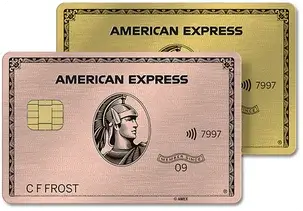
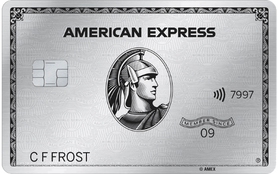
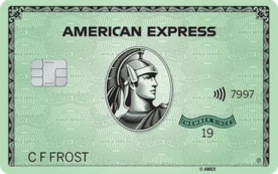
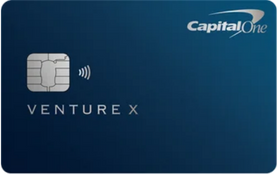
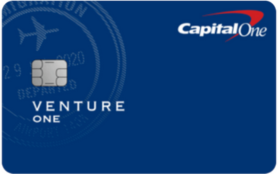
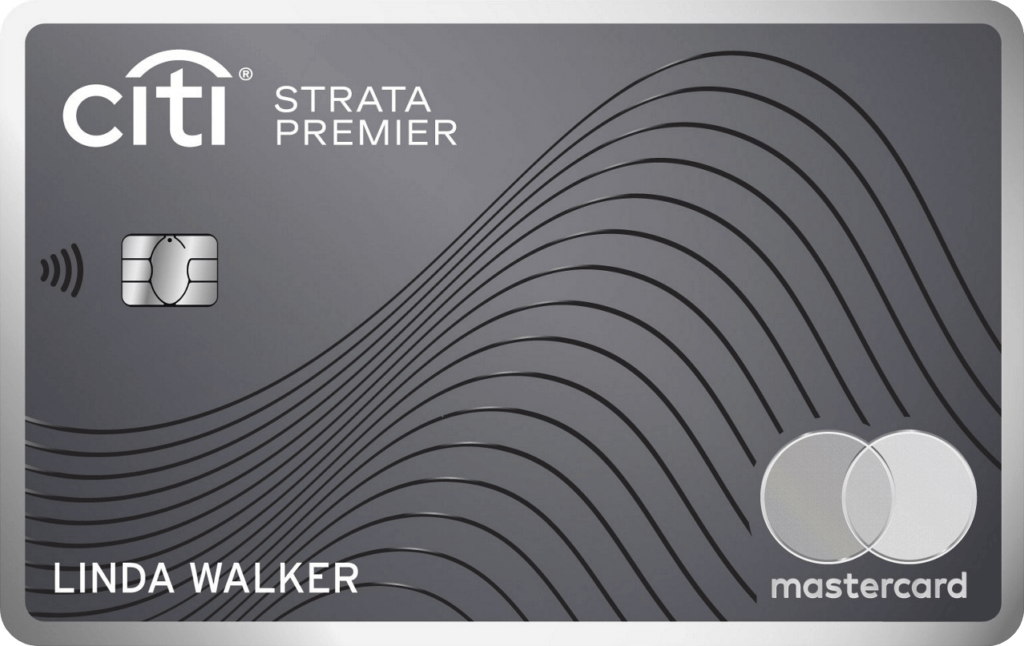
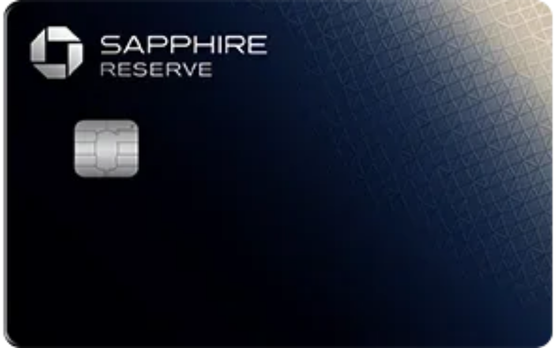
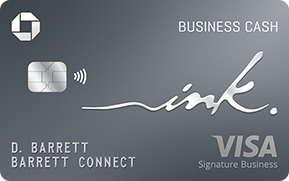
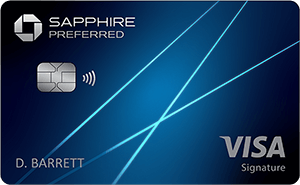

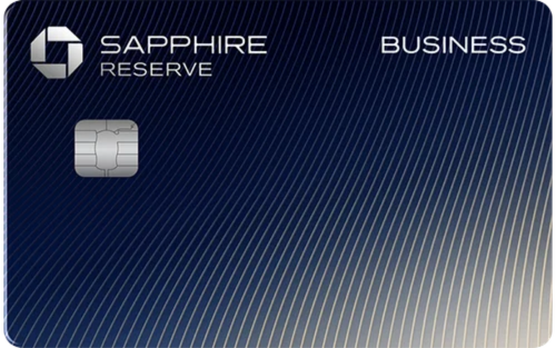
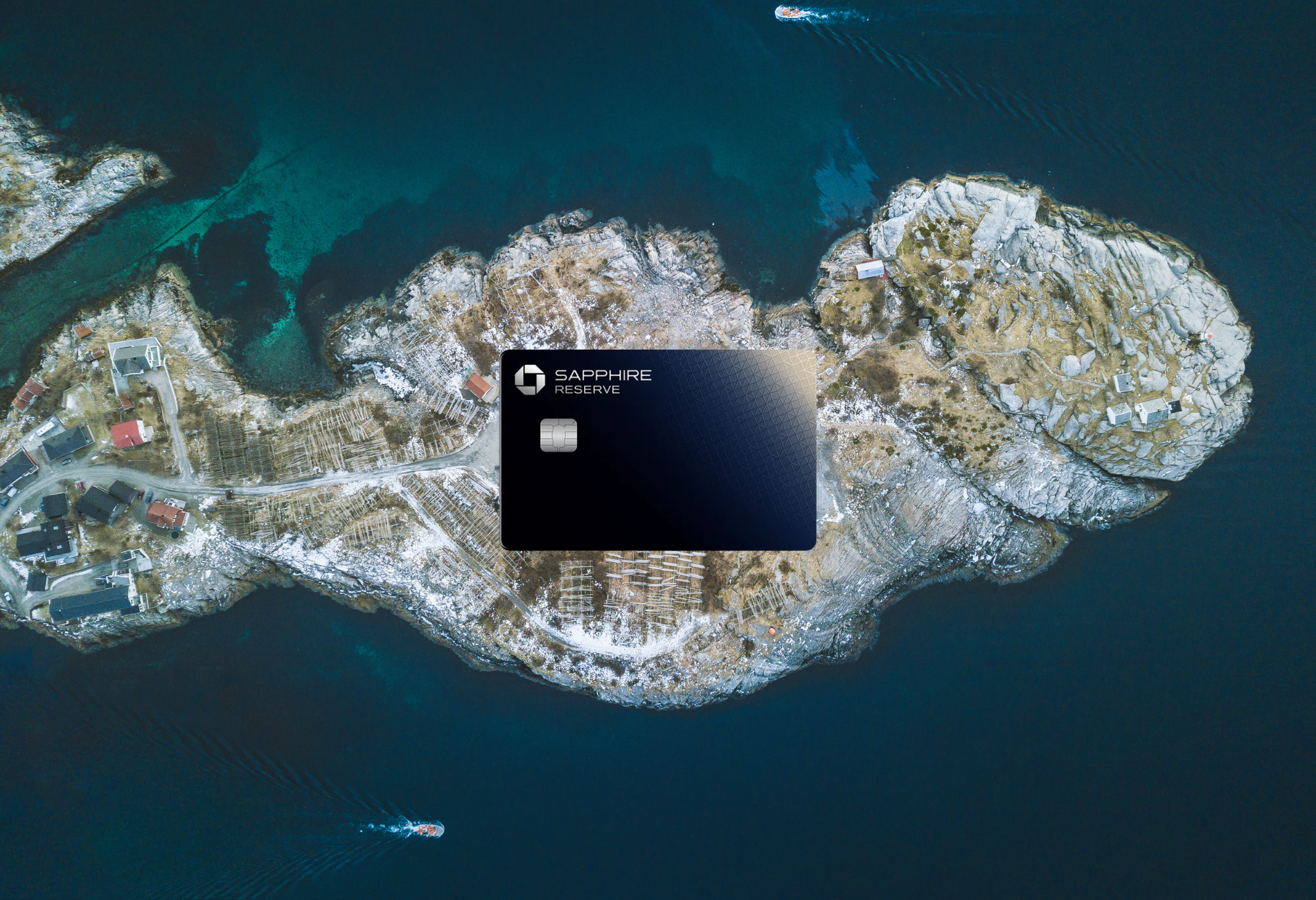
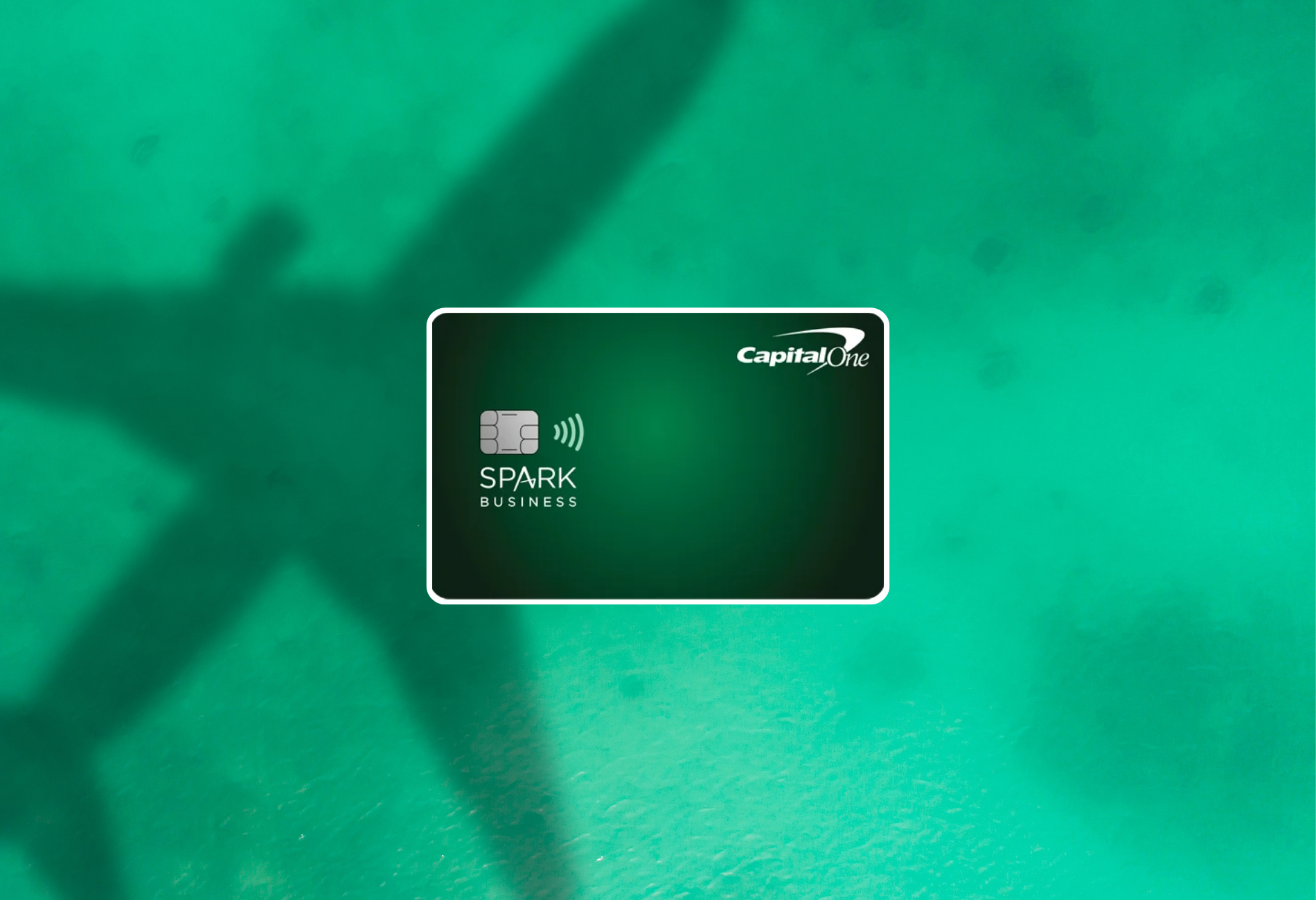
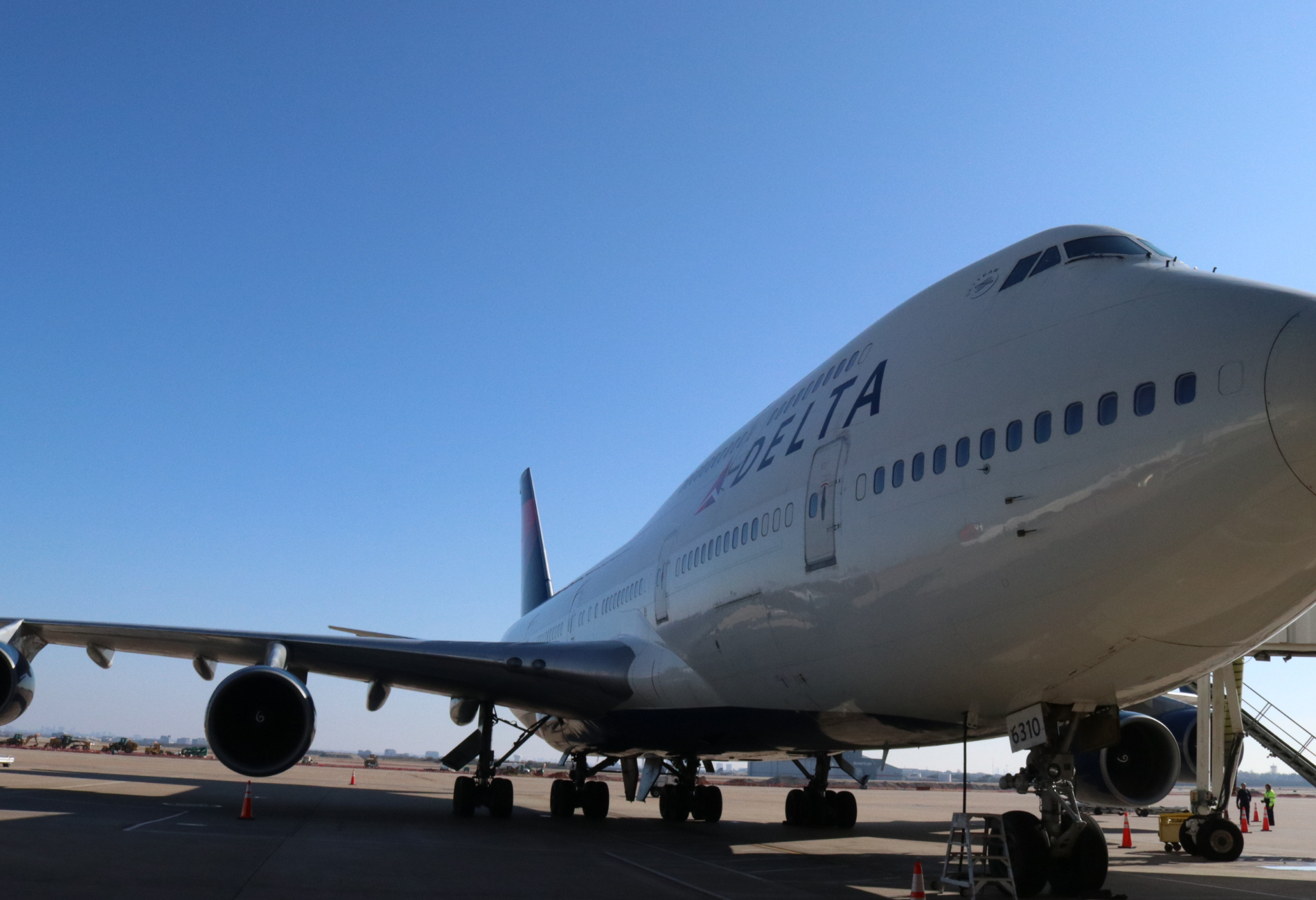
 by your friends at The Daily Navigator
by your friends at The Daily Navigator

